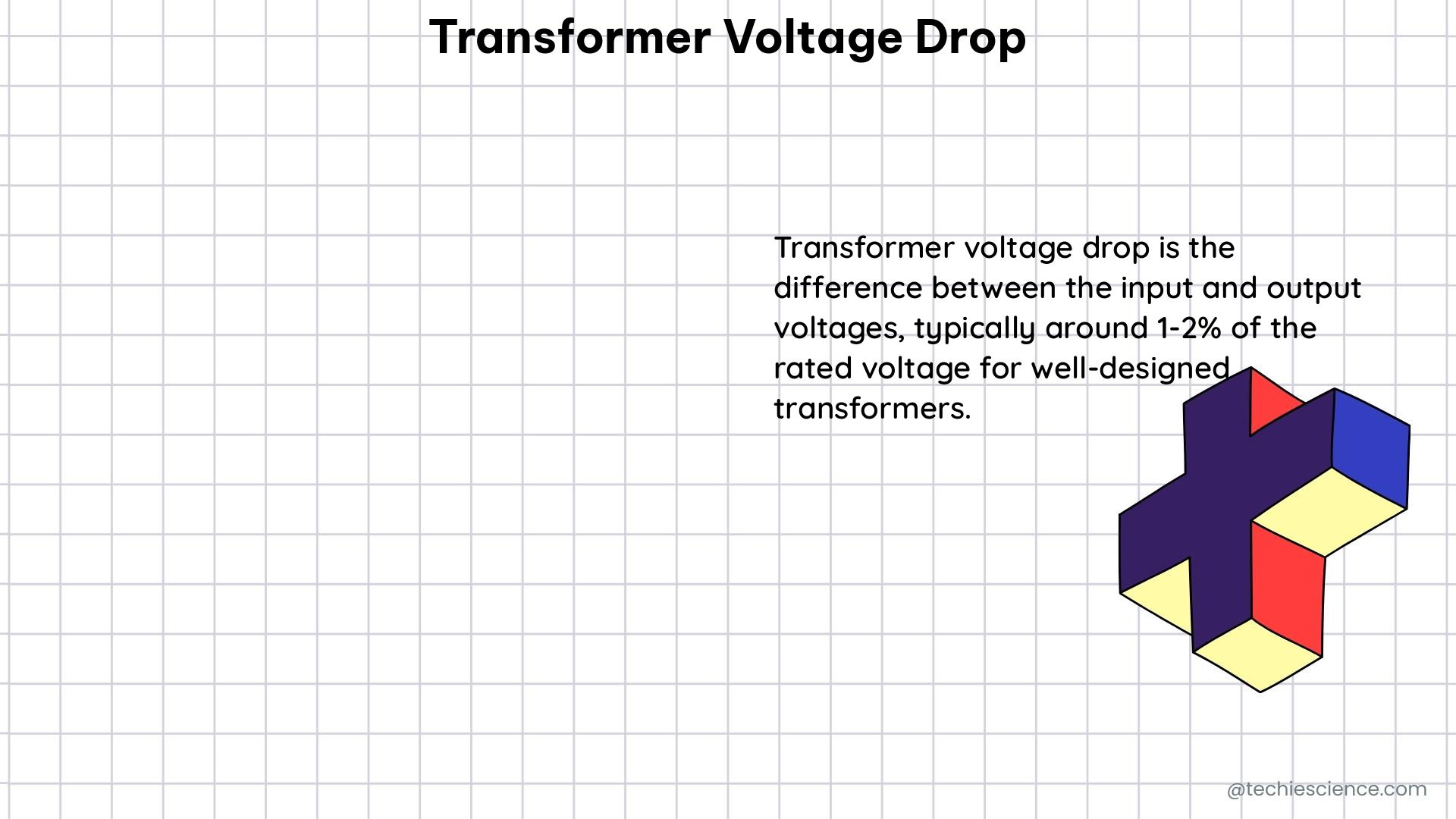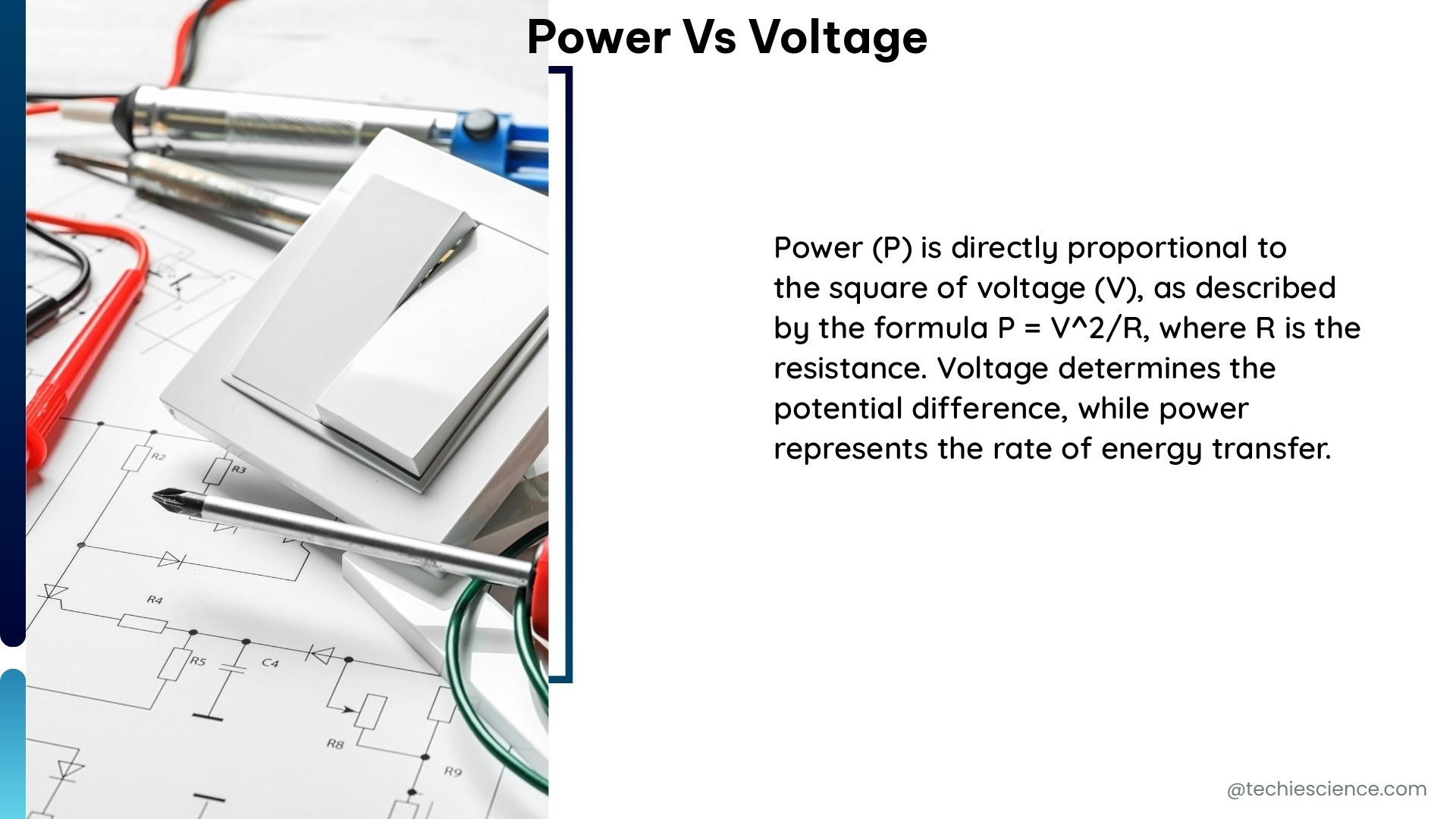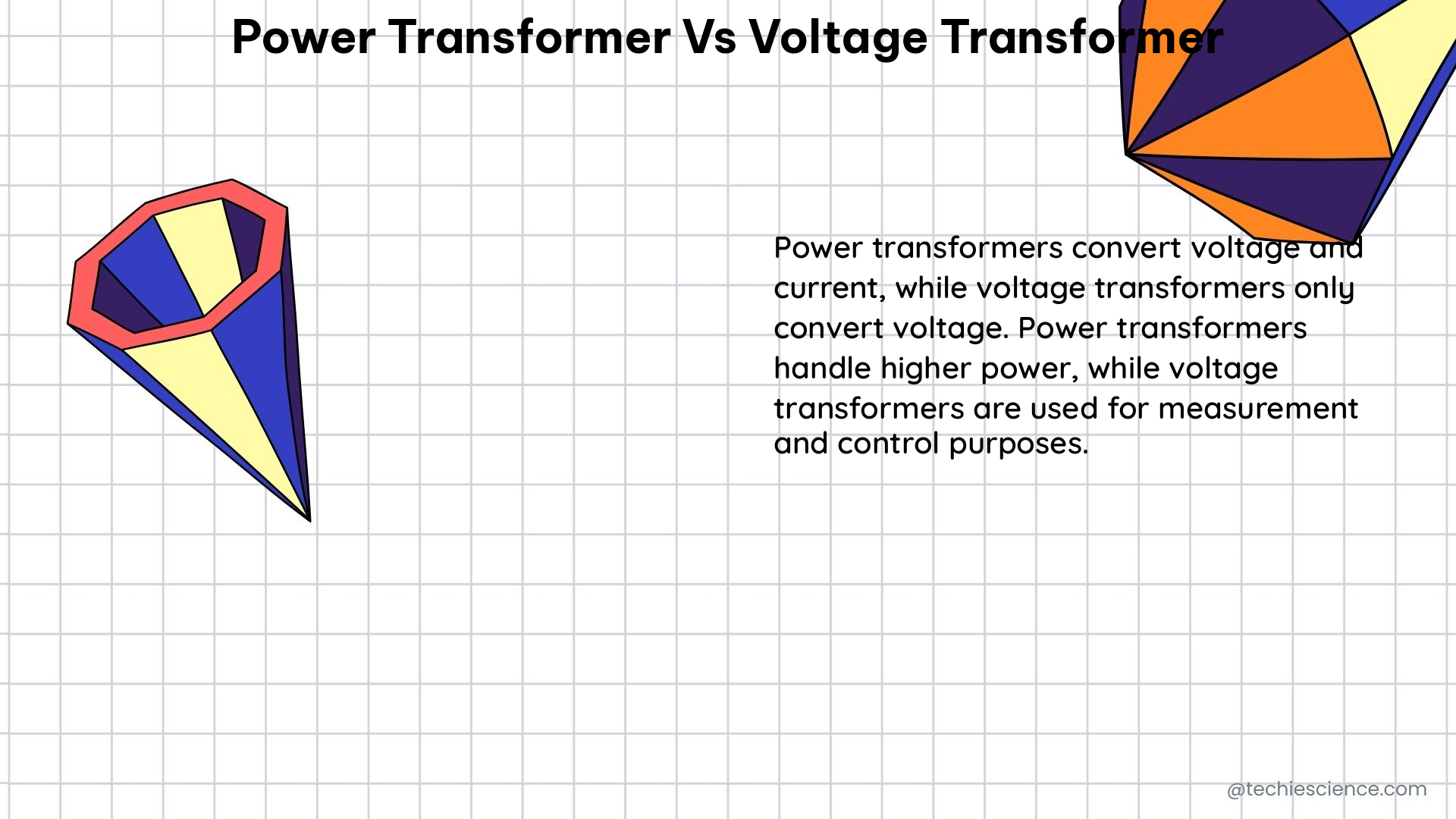A multi-tap transformer is a versatile electrical device that features multiple taps or connections on its secondary winding, allowing for various voltage output levels. This unique design makes multi-tap transformers invaluable in applications that require multiple voltage levels or where voltage adjustments are necessary, such as in industrial, commercial, and residential power systems.
Understanding the Fundamentals of Multi-Tap Transformers
At the core of a multi-tap transformer is the principle of electromagnetic induction, where the primary and secondary windings are electrically isolated but magnetically coupled. The voltage ratio between the primary and secondary windings is determined by the turns ratio (N1/N2), where N1 is the number of turns in the primary winding and N2 is the number of turns in the secondary winding.
In a multi-tap transformer, the secondary winding is divided into multiple taps, each with a different number of turns. This allows for the generation of various voltage output levels from a single transformer, making it a versatile and efficient solution for power conversion and distribution applications.
The voltage (V) across a winding can be calculated using the formula:
V = N × I × K
Where:
– N is the number of turns in the winding
– I is the current flowing through the winding
– K is the winding factor, which accounts for the spatial distribution of the wire within the winding
Additionally, the current (I) in a winding can be calculated using Ohm’s law:
I = V/R
Where R is the resistance of the winding.
Hands-on Considerations for Multi-Tap Transformer Applications

When working with a multi-tap transformer, there are several key factors to consider to ensure optimal performance and safety:
-
Voltage Selection: Carefully choose the appropriate voltage tap based on the specific requirements of your application. This may involve considering factors such as load, power consumption, and voltage regulation.
-
Wiring Diagram: Follow the correct wiring diagram for the specific multi-tap transformer and application. Improper wiring can lead to safety hazards and equipment damage.
-
Rectification: If your application requires DC voltage, ensure that the multi-tap transformer is connected to an appropriate rectifier circuit, such as a bridge rectifier, to convert the AC voltage to DC.
-
Grounding: Properly ground the multi-tap transformer and the entire circuit to ensure safety and stability. Grounding helps to dissipate any potential electrical charges and provides a path for fault currents.
-
Capacitance and Resistance: Select appropriate capacitors and resistors for the rectifier circuit based on the multi-tap transformer’s output voltage and current ratings. This helps to smooth the output voltage and regulate the current flow.
Practical Examples and Numerical Calculations
Let’s explore some practical examples and numerical calculations to better understand the application of multi-tap transformers.
Example 1: Calculating Voltage Outputs
Consider a multi-tap transformer with a primary winding of 1000 turns and a secondary winding with 100 turns and five taps. If the primary voltage is 220V AC, calculate the voltage at each tap.
Using the formula V = N × I × K, where N = 100, I = primary voltage / turns ratio, and K = 1 (assuming a winding factor of 1 for simplicity):
- Tap 1 (N = 100, I = 220V / (1000/100) = 22V, K = 1): V1 = 100 × 22V × 1 = 2200V
- Tap 2 (N = 95, I = 220V / (1000/95) = 21.7V, K = 1): V2 = 95 × 21.7V × 1 = 2066.5V
- Tap 3 (N = 90, I = 220V / (1000/90) = 21.4V, K = 1): V3 = 90 × 21.4V × 1 = 1926V
- Tap 4 (N = 85, I = 220V / (1000/85) = 21.1V, K = 1): V4 = 85 × 21.1V × 1 = 1798.5V
- Tap 5 (N = 80, I = 220V / (1000/80) = 20.8V, K = 1): V5 = 80 × 20.8V × 1 = 1664V
Example 2: Selecting the Appropriate Tap and Calculating Rectifier Circuit Parameters
Suppose a circuit requires a 12V DC power supply. The multi-tap transformer has a secondary winding with 100 turns and five taps, with the following voltage ratings:
– Tap 1: 10V
– Tap 2: 12V
– Tap 3: 14V
– Tap 4: 16V
– Tap 5: 18V
In this case, we would choose Tap 2, which provides the required 12V DC output.
To design the rectifier circuit, we can use a bridge rectifier. The ripple voltage (Vr) can be calculated using the formula:
Vr = I / (2 × f × C)
Where:
– I is the load current
– f is the line frequency (50 or 60 Hz)
– C is the capacitance value
Assuming a load current of 1A, a line frequency of 50 Hz, and a desired ripple voltage of 1V:
C = I / (2 × f × Vr) = 1A / (2 × 50Hz × 1V) = 10,000μF
For the resistor, the power (P) can be calculated using the formula:
P = V^2 / R
Where V is the voltage and R is the resistance. Assuming a voltage drop of 1V across the resistor:
R = V^2 / P = 1V^2 / 1W = 1 Ohm
Conclusion
Multi-tap transformers are versatile and essential components in power conversion and distribution systems. By understanding the theoretical principles, hands-on considerations, and practical examples, you can effectively design, implement, and troubleshoot multi-tap transformer-based circuits to meet the diverse power requirements of your applications.





